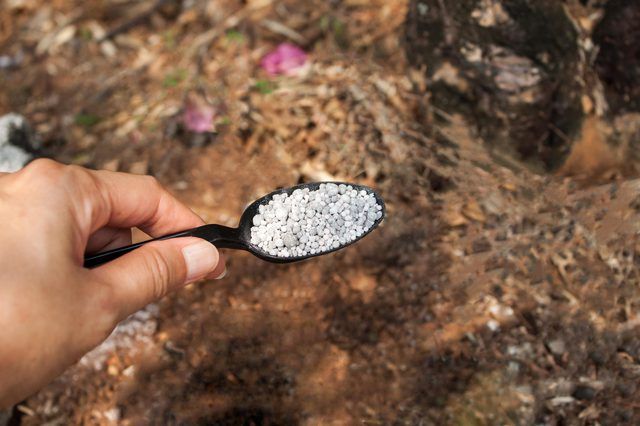Bulbs
Flower Basics
Flower Beds & Specialty Gardens
Flower Garden
Garden Furniture
Garden Gnomes
Garden Seeds
Garden Sheds
Garden Statues
Garden Tools & Supplies
Gardening Basics
Green & Organic
Groundcovers & Vines
Growing Annuals
Growing Basil
Growing Beans
Growing Berries
Growing Blueberries
Growing Cactus
Growing Corn
Growing Cotton
Growing Edibles
Growing Flowers
Growing Garlic
Growing Grapes
Growing Grass
Growing Herbs
Growing Jasmine
Growing Mint
Growing Mushrooms
Orchids
Growing Peanuts
Growing Perennials
Growing Plants
Growing Rosemary
Growing Roses
Growing Strawberries
Growing Sunflowers
Growing Thyme
Growing Tomatoes
Growing Tulips
Growing Vegetables
Herb Basics
Herb Garden
Indoor Growing
Landscaping Basics
Landscaping Patios
Landscaping Plants
Landscaping Shrubs
Landscaping Trees
Landscaping Walks & Pathways
Lawn Basics
Lawn Maintenance
Lawn Mowers
Lawn Ornaments
Lawn Planting
Lawn Tools
Outdoor Growing
Overall Landscape Planning
Pests, Weeds & Problems
Plant Basics
Rock Garden
Rose Garden
Shrubs
Soil
Specialty Gardens
Trees
Vegetable Garden
Yard Maintenance
How to Encourage Bougainvillea to Bloom
How to Encourage Bougainvillea to Bloom. The genus Bougainvillea contains several species, although only three are horticulturally important: Bougainvillea spectabilis, Bougainvillea glabra and Bougainvillea peruviana. Several hybrid species and cultivars also exist. Multiple factors -- most of which are the result of human mistakes -- can cause...
The genus Bougainvillea contains several species, although only three are horticulturally important: Bougainvillea spectabilis, Bougainvillea glabra and Bougainvillea peruviana. Several hybrid species and cultivars also exist. Multiple factors -- most of which are the result of human mistakes -- can cause bougainvillea to not produce its colorful bracts.
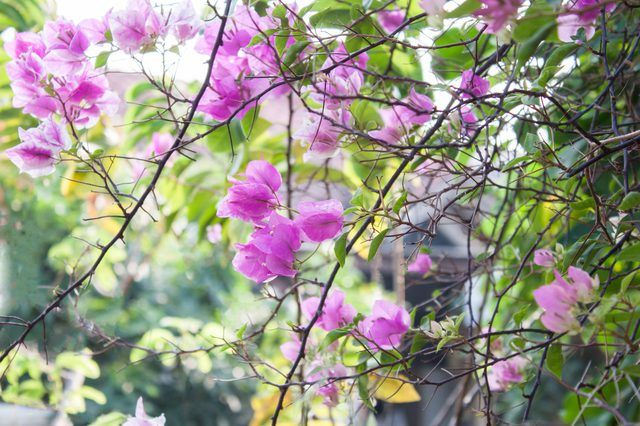
These colorful plants hail from an arid region of the world and, as such, thrive in U.S. Department of Agriculture plant hardiness zones 9 through 11. Known for their colorful blooms, the bougainvillea's true flowers are small, whitish and insignificant. The boldly colored "blooms" people see aren't flowers but modified leaves, much like those of a poinsettia (Euphorbia pulcherrima), which also grows in USDA zones 9 through 11.
Because much of the problem with bougainvillea blooming is at the fault of the gardener, the University of Florida IFAS Extension encourages bougainvillea owners to error on the side neglecting the plant rather than fussing over it. That's because these hardy vines don't require much water, food or other care.
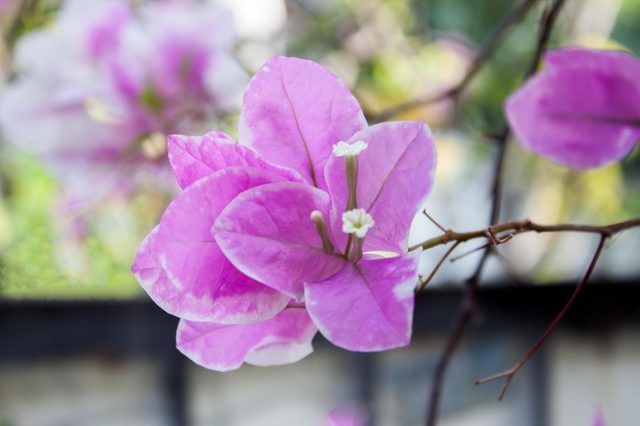
These thorny, colorful vines grow best in full sun. If your bougainvillea doesn't get direct sunlight -- and enough of it -- it simply won't produce the colorful bracts you want to see. If your vine is in a pot, consider moving it to a better, more sunlit location to improve its blooming capabilities. If it's in the ground, try transplanting it to a sunnier location; if it's mature, however, transplanting can cause more harm than good.
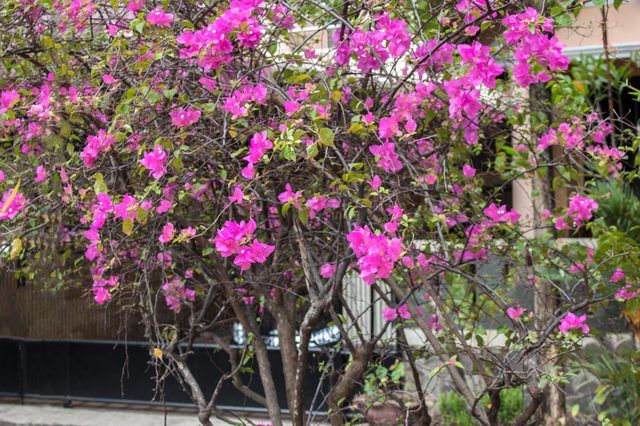
The native, arid climate of bougainvillea makes it difficult to grow in the United States, although some gardeners have success. Oftentimes, too much water is to blame when bougainvillea fails to perform as desired. The soil in the planting area or pot should be rather dry; allow the soil surface to dry out between waterings. This is unlike many plants that prefer moist soil and a regular watering schedule.
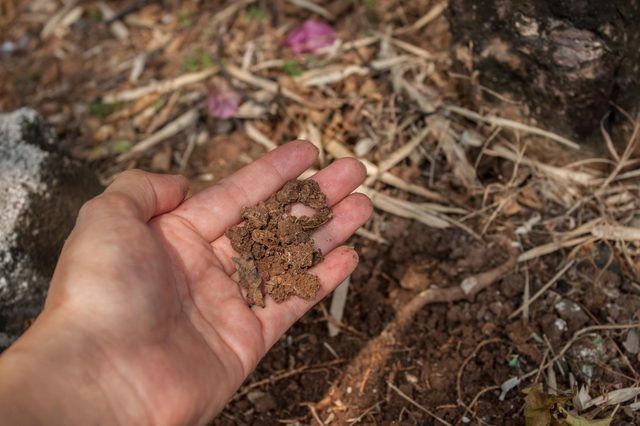
Most spring-blooming plants require pruning right after they bloom because they bloom on old wood; most summer-blooming plants require pruning in late winter or early spring because they bloom on new wood. Bougainvillea produces flowers throughout the year and, where it is perennial, produces spectacular color in late fall or very early spring when nights and days are approximately equal in length. It only blooms on new wood. Don't worry if your bougainvillea isn't blooming when your neighbor's is; these plants flower throughout the year in the United States.
Although you can prune bougainvillea throughout the year, pruning in summer may cut off the forming buds, reducing the amount of color you see the next blooming cycle. The blooming cycles last four to six weeks; prune and pinch after the blooming cycle. Cut off vigorous shoots as they will stunt the growth of other parts of the plant, and pinch.
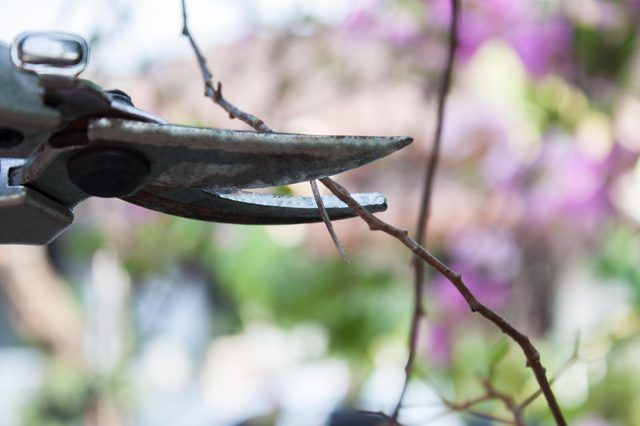
Bougainvillea is a heavy feeder but requires a certain fertilizer to grow properly. Apply a bougainvillea-specific fertilizer -- these typically have iron and other minor nutrients bougainvilleas crave -- at a rate of approximately 1 tablespoon per foot-height of your in-ground bougainvillea regularly throughout the color season. Reduce to one-half the amount during noncolor seasons and particularly during cooler weather.
